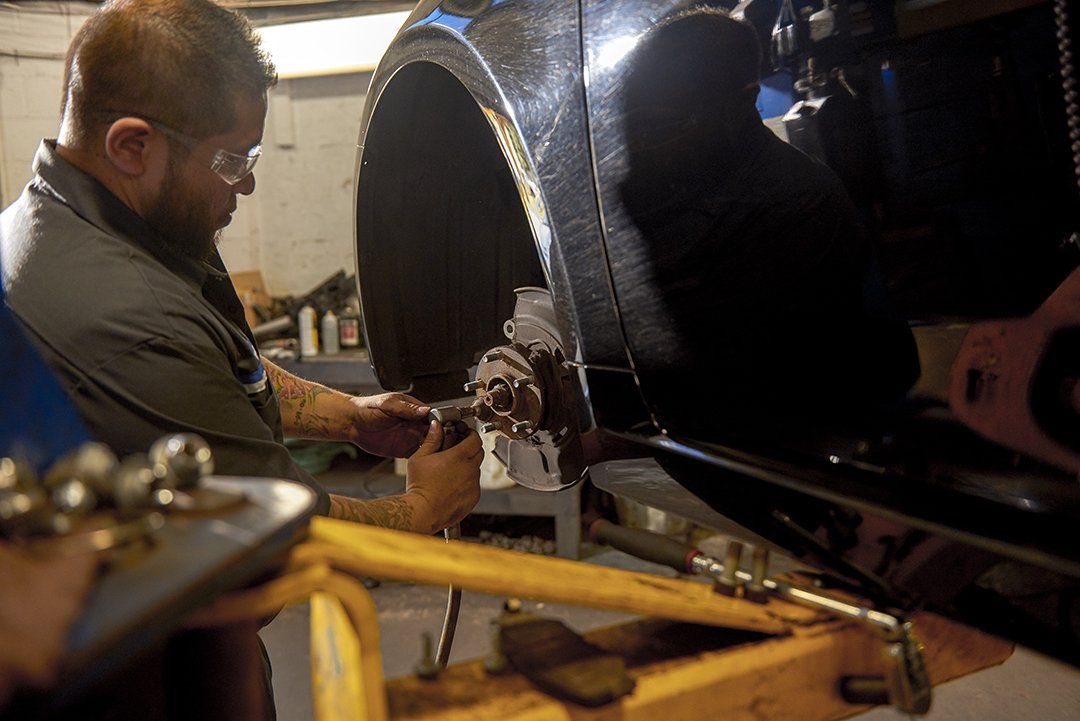Modern cars typically come geared up with either Four-Wheel Drive (4WD) or All-Wheel Drive (AWD) systems, both made to enhance traction and control. While they offer similar objectives, their applications and capabilities vary.
4WD systems, frequently discovered in trucks and SUVs, are crafted for off-road problems and heavy towing. They permit vehicle drivers to change between two-wheel drive (2WD) and 4WD modes, offering adaptability based on terrain and driving needs. This flexibility makes certain optimal performance whether navigating city streets or tough tracks. The included elements in 4WD systems can lead to raised maintenance needs and possible for fixings.

AWD systems, on the various other hand, are normally found in cars, station wagons, and sports automobiles. These systems instantly distribute power to all 4 wheels, boosting grip in numerous driving problems without vehicle driver treatment. While AWD offers improved taking care of and stability, specifically in unfavorable climate, it additionally presents additional mechanical intricacy, which may demand more frequent upkeep.
Normal examinations and maintenance are crucial for both systems to make certain long life and dependability. Elements such as differentials, transfer situations, and centers ought to be consistently examined by qualified professionals. Appropriate maintenance not just avoids costly fixings but additionally makes certain that your lorry does efficiently, despite the driving conditions.

Check for more info at Logan Square Auto Repair - Four-Wheel-Drive System Service & Repair Facebook Youtube Instagram
Latest Posts
Discover Bill Walsh Ford - Cost-Effective Used Vehicles in Ottawa, IL Stock!
Bill Walsh Ford - Dive Into the Brand-New Ford Showroom Models!
Discovering the Variety and Charging Capacities of Nissan's Electric Cars at Modern Nissan of Hickory
Navigation
Latest Posts
Discover Bill Walsh Ford - Cost-Effective Used Vehicles in Ottawa, IL Stock!
Bill Walsh Ford - Dive Into the Brand-New Ford Showroom Models!
Discovering the Variety and Charging Capacities of Nissan's Electric Cars at Modern Nissan of Hickory